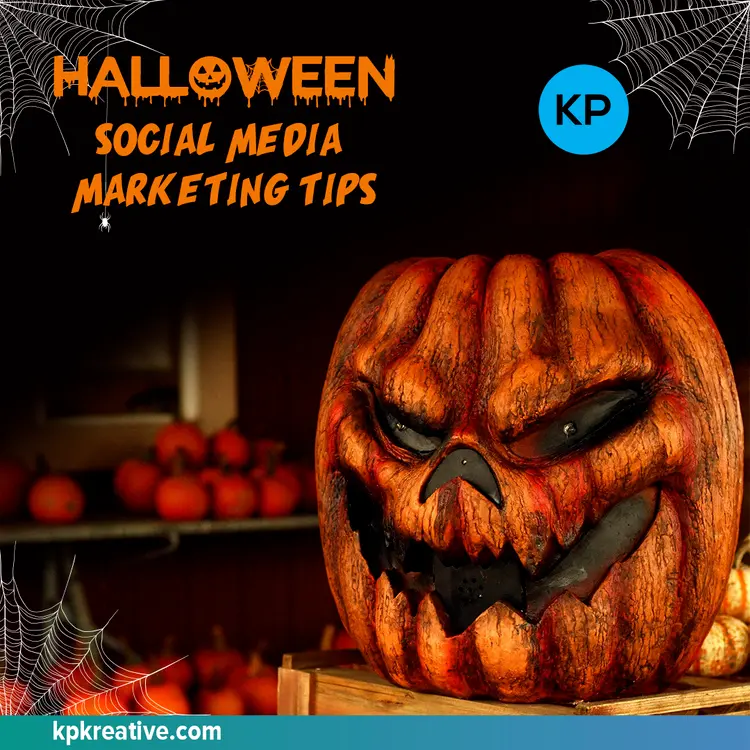Any social media strategy would be incomplete without content. Without it, you'd be unable to communicate your offers. Once you've established your fool-proof marketing plan and the type of content you intend to create, you should focus on determining how you will publish it. An effective social media calendar is a vital part of any marketing plan. Here's how to create a content calendar for your social media strategy.
10 Tips for Creating a Successful Social Media Calendar:
1. Establish Goals
Determine your overall goal before starting. Then, post your goals so everyone can see them so you can all work together.
2. Select a Template
The web offers many calendar tools. If you want something simple, opt for something like Google Sheets, an online spreadsheet that can easily be shared with your team. You should ensure the template includes necessary information, including platform, topic, and content type.
3. Choose Your Publishing Method
Establish a realistic timeframe for publishing new content. One of the keys to staying visible is to post frequently. However, you also want to prioritize creating quality content.
4. Take Note of Important Dates
Indicate any important publication dates or deadlines, such as various deadlines for graphics, first drafts, revisions, etc. Make sure your team is on the same page with reminders and alerts.
5. Conduct Keyword Research
A key challenge in content planning is deciding which keyword phrases to use. However, don't let this discourage you. You can use a keyword research tool like Google's Keyword Planner to find related keywords and topics.
6. Brainstorm Content Ideas
Now it's time to brainstorm topic ideas to fill in gaps in your social media calendar. For example, consider writing articles about a popular theme in your field or highlighting a unique service you provide.
7. Provide Relevant Details
Fill out the social media calendar as completely as possible for each planned piece of content. Identify resources, potential keywords, possible call-to-actions, and topics. Taking the time to fill out these details will help you save time and keep everyone focused on your publishing goals.
8. Repurpose Existing Content
When you reuse content that has already performed well, you save a great deal of time and effort. For example, use old social media posts to create new content by repurposing them.
9. Measure Engagement
It's relatively easy to monitor the performance of your content. However, it is easy to forget to do this step when creating and sharing content becomes time-consuming. Therefore, it is essential to schedule a time in your workflow for evaluating posts to determine which are doing well and posts that aren't.
10. Continuously Revise Your Strategy
Keep your social media calendar up to date by evaluating it regularly. Consider additional forms of content such as videos, polls, or stories.
These guidelines will ensure you develop an effective and efficient social media strategy. Alternatively, if you find this too time-consuming, you can contact KP Kreative, and we'll develop a social media strategy specifically for you!
Related Posts

Halloween Social Media Marketing Tips
Whether you are garishly ghoulish or princess prim and proper, there are fantastic ways to get your brand in the spotlight over the Halloween Holidays.Covid-19 may have put a damper on the season of scary marketing, but you don’t have to shy away under the covers this Halloween. Get your juices flowing with some of the best Halloween campaigns from 2019

Tips to Make Your Social Media Accounts More Inclusive
We’ve long touted the impact that social media can have when it comes to spreading a message. This could be anything from sharing your latest sale to opening up about who your brand is. In celebration of Pride and our commitment to being more inclusive as an agency, we’ve put together some tips to help make your social media channels more inclusive. Along with general inclusivity tactics, you’ll also find tips on LGBTQ+ and racial inclusivity.

Social Media Marketing with Your Pet
If you know KP Kreative, you know Laudy, our Chief Barketing Officer. Not only is Laudy great for keeping things paws-itive, she also helps create unique and engaging content. In honor of National Pet Week, let’s dig in (last corny joke, I promise) to how you can make your pet a part of your marketing strategy.


